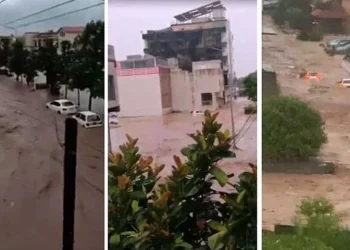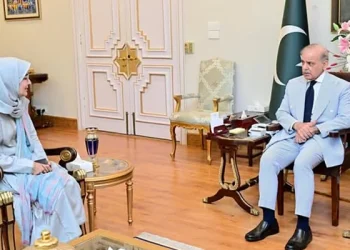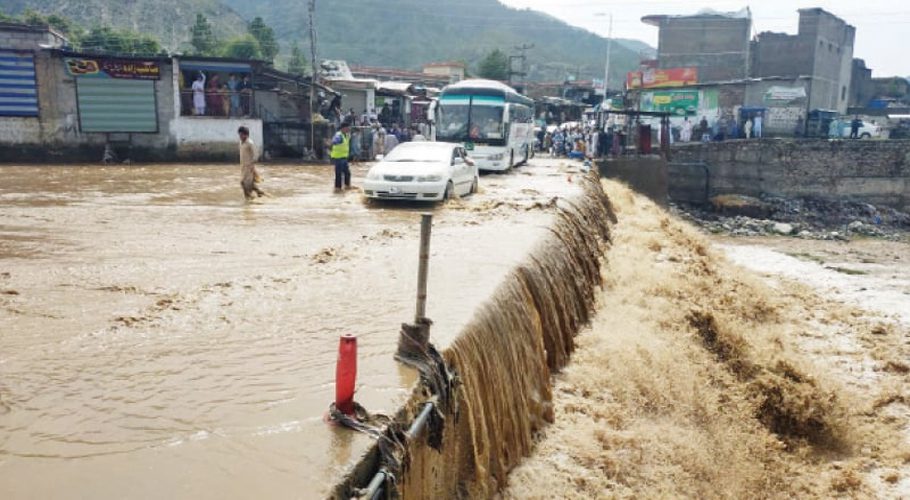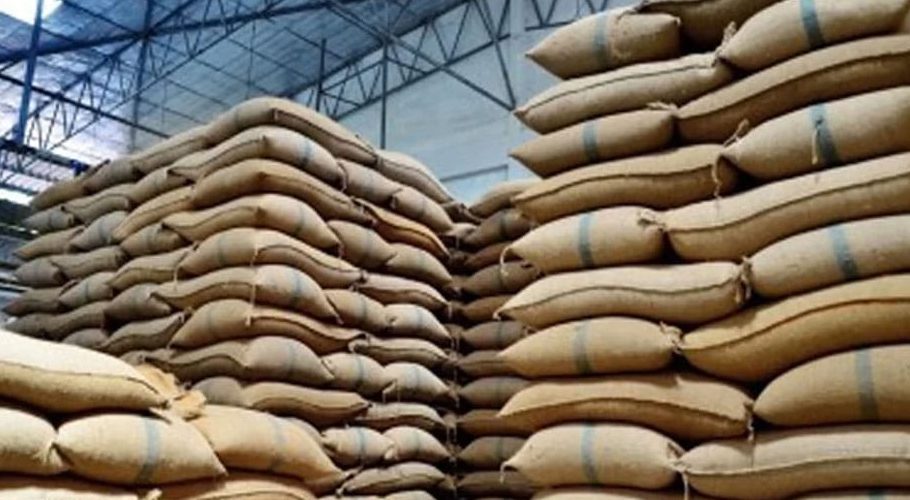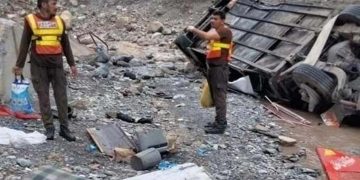WASHINGTON: The US military announced it has completed its withdrawal from Afghanistan after a brutal 20-year war – one that started and ended with the hardline Taliban in power, despite billions of dollars spent in the conflict-wracked country.
Celebratory gunfire rang out in Kabul in the early hours of Tuesday to mark the moment, which came after the fraught final days of a frantic mission to evacuate tens of thousands of Americans and Afghans who had helped the US-led war effort and which left scores of Afghans and 13 US service members dead in a suicide bombing last week.
That attack claimed by the Islamic State’s Afghan offshoot gave urgency to the final days of the US-led effort to allow those seeking to flee Taliban rule out of the country. The withdrawal came before the end of August 31, the actual deadline set by President Joe Biden to call time on America’s longest war.
“I’m here to announce the completion of our withdrawal to Afghanistan and the end of the military mission to evacuate American citizens,” US General Kenneth McKenzie told reporters. The final flight left at 1929 GMT Monday – just before the start of Tuesday in Kabul, he said.
The return to power a fortnight ago of the Taliban movement triggered a massive exodus of people who fear a new version of hardline rule. The evacuation flights have taken more than 123,000 people out of Kabul airport, according to McKenzie.
The regional Islamic State-Khorasan (ISIS-K) group, rivals of the Taliban, posed the biggest threat to the withdrawal, after carrying out a suicide bombing outside the airport last week that claimed more than 100 lives, including those of 13 US troops. On Monday, they claimed to have fired six rockets at the airport. A Taliban official said the attack was intercepted by the airport’s missile defence systems.
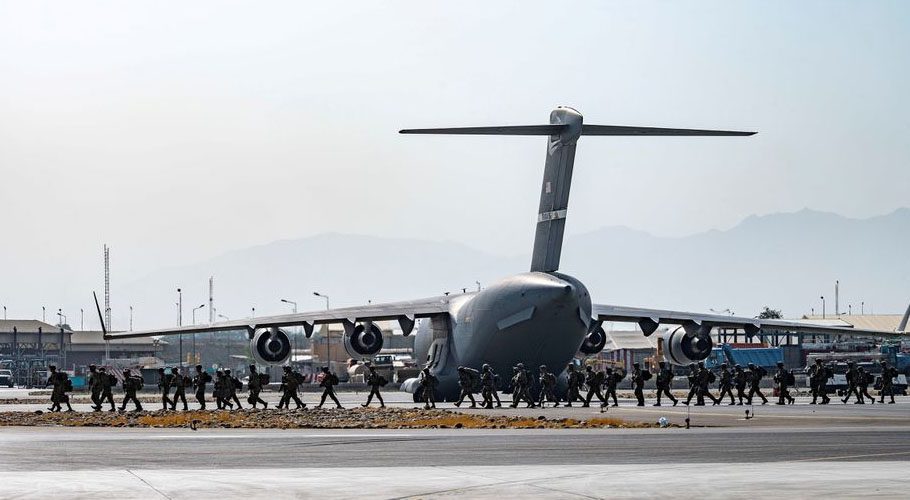
Before the US withdrawal was confirmed, the UN Security Council adopted a resolution requiring the Taliban to honour their commitment to let people freely leave Afghanistan in the days ahead, and to grant access to the UN and other aid agencies, but did not create a “safe zone” in Kabul.
On Monday, the White House confirmed the evacuation effort had been targeted by a rocket attack directed at the airport, but said airlift operations there were “uninterrupted”. While there were no reports of fatalities or airport damage from the apparent IS-K rocket salvo, they caused greater anxiety for locals already traumatised by years of war.
The United States said on Sunday it had carried out a drone strike against a vehicle threatening the Kabul airport that had been linked to the regional Islamic State chapter, its second targeting ISIS-K in recent days. The ISIS threat has forced the US military and the Taliban to cooperate in ensuring security at the airport in a way unthinkable just weeks ago.
The Taliban have promised a softer brand of rule compared with their first stint in power, which the US military ended because the group gave sanctuary to Al-Qaeda.
Many Afghans fear a repeat of the Taliban’s brutal interpretation of Islamic law, as well as violent retribution for working with foreign militaries, Western missions or the previous US-backed government.
On Sunday, the Taliban revealed their supreme leader Hibatullah Akhundzada was in southern Afghanistan and planning to make a public appearance. “He is present in Kandahar,” said Taliban spokesman Zabihullah Mujahid, referring to the movement’s spiritual birthplace.










